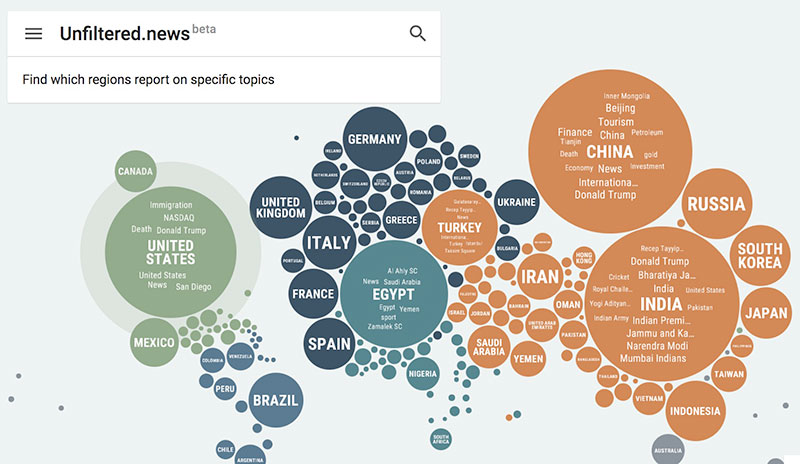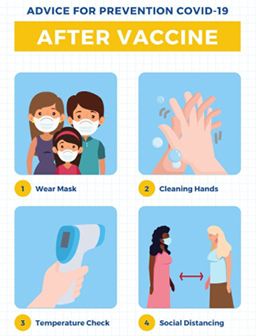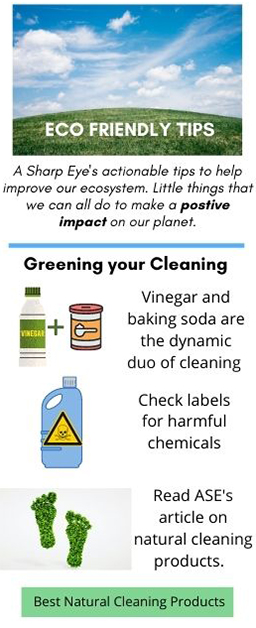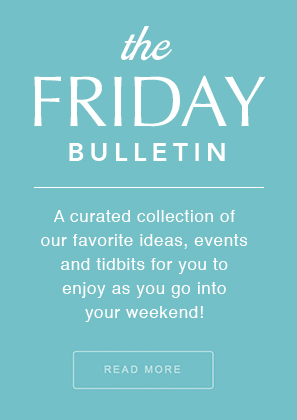
Listening to the other side – ignorance is NOT bliss.
We wrote an earlier article about filter bubbles and how destructive they can be. The curated web may be sending you only the ideas which align with interests and positions you’ve already demonstrated with your Google Searches, social media and news feed choices. It is hard to find out what people who think differently than you do are ‘hearing’. We thought you might want to know how to burst your filter bubble. We promised a sequel with specific remedies to burst your individual filter bubbles and here it is.
Filter bubbles cannot be burst completely, but they can be neutralized. You can get beyond seeing only content from people that you like and are comfortable with. My personal choice is to be exposed to a wide range of opinions and ideas, even if I don’t agree with them.
First, find out if you do live in a filter bubble by taking this PBS quiz.
Facebook, Google and Microsoft all provide resources to find diversity:
Read Across the Aisle is a new news app that tries to fix the filter bubble problem. It tracks how often users read (through the app) stories from about 20 news sources from the far left to the far right and everything in between. They include Huff Post, Fox News, The New Yorker, NPR and The Christian Science Monitor. It helps users get beyond their news consumption bubbles. When the user’s reading habits get too far on one side or the other, the app sends a notification that they should mix things up more. It is definitely for people who actively want to have a balanced view of the news. It was funded by Kickstarter and is iOS only. It is still a work in progress.

Escape Your Bubble@EscapeYourBubble is a Facebook plug-in that asks what you want to know more about and gives you the opposing political views. As The New York Times says, “Each story appears with a pink heart icon and a banner that says: “Happily inserted by your EscapeYourBubble”. Escape Your Bubble will curate positive articles in your Facebook feed so that you might be more accepting and understanding of the differences between your opinions and the opposing side.
To read Facebook’s approach to bursting filter bubbles click here.


Most of us don’t like to admit to any biases at all. These new digital apps and websites are making it easier to get the one-way streets of our opinions into two way explorations. Download the Chrome extension PolitEcho and watch as it crawls through your Facebook network and visualizes its political bias based on how many of your ‘friends’ agree or disagree with it.
If you are a Tweeter, FlipFeed is a Twitter plug-in. Click a button and your usual Twitter feed is replaced by an anonymous and random user with opposing political views. See how that user re-tweets after a Trump or Nancy Pelosi press conference!
If you actually want to talk with someone with opposing views:
Hi From The Other Side will match you with someone with an opposing point of view. The site has people sign up, then they match them up, emailing each pair to introduce them and leaving the rest up to them. “Find common ground with the other side of the aisle.”
EchoRemix is a web-based platform that sets users up with real-time, anonymous, online one-to-one conversations about current political issues.
To receive news feed from ‘the other side’:
Discors is an app for both iOS and Android
Right Richter aggregates right-wing perspectives for left-leaning audiences.
Slate’s “Today in Conservative Media” feature provides conservative perspective for more liberal readers.
Crooked Media, a political podcast network created by former Obama staffers, recently debuted a new show, “With Friends Like These,” in which the liberal journalist Ana Marie Cox shepherds listeners through conversations with conservative guests.
Allsides searches the web to show you three perspectives (left/right/center) on a specific news story. The website has a crowdsourced dictionary that defines political terms and shows how the hot topics are viewed across the political spectrum. Its motto is “Don’t be fooled by bias. Think for yourself.”

Polar News will send users an email newsletter with news from both political perspectives. Each newsletter has pairs of articles that they compare contrasting perspectives for.


If you are a liberal in the UK, go to the Echo Chamber.Club for a weekly newsletter that presents the other side of issues to liberals.
Unfiltered.news lets you “Find the news less reported in your location”. This is a very interesting website. It uses Google News data to show what the daily current news topics are in every area around the world. There is a chart on the right side of the home page that allows users to choose a country, and what appears below is a list of current global topics that are NOT being reported in that country. Or, choose a topic and it will show what areas ARE reporting that topic. 

Here are two TED Talks on how to have a constructive political discussion:
Jonathan Haidt: The Moral Roots of Liberals and Conservatives
Robb Willer: How To Have Better Political Conversations
We hope eventually our polarized country will be able to hear the other side, and learn to compromise and work with each other. Good luck.













